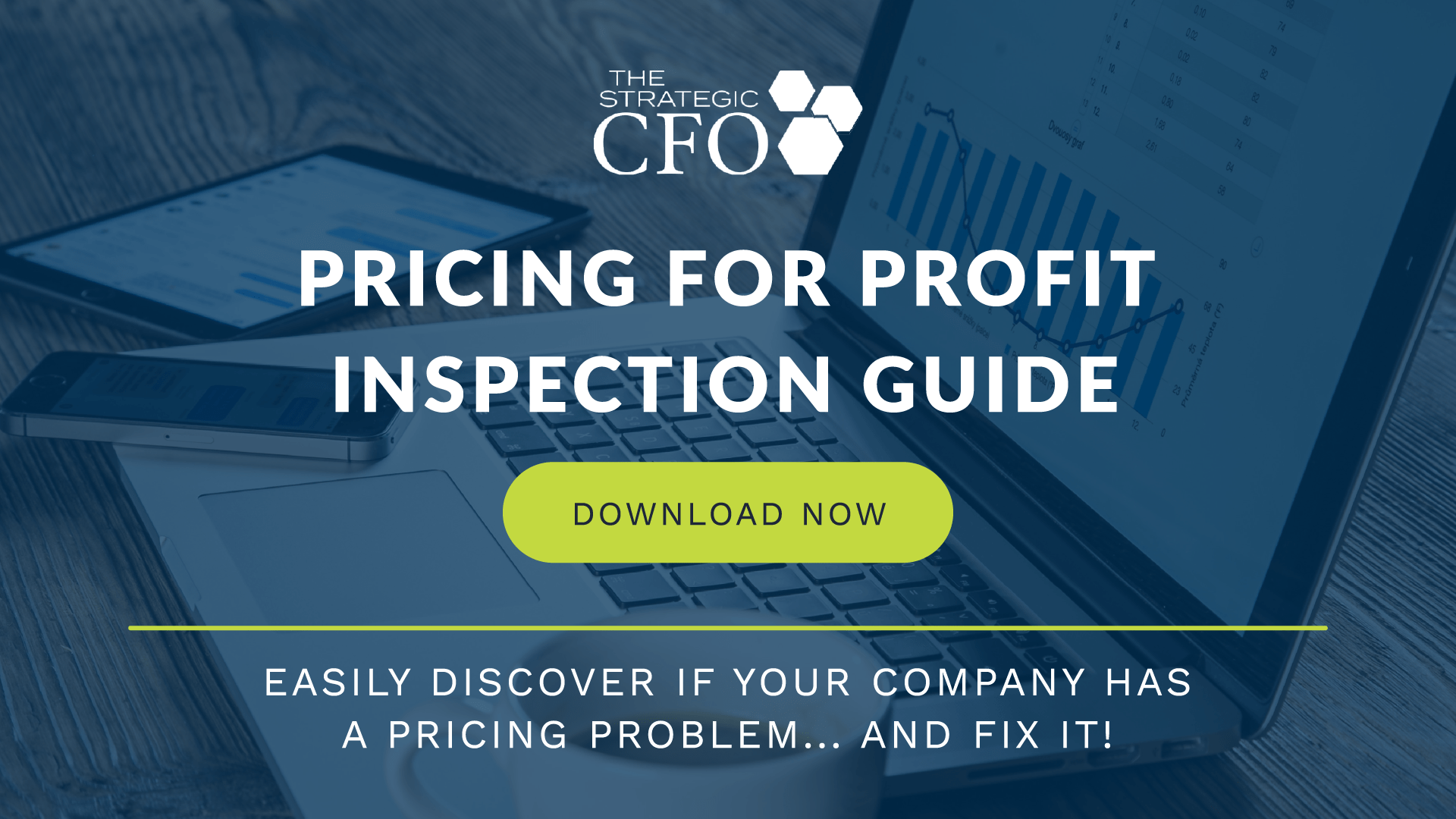See Also:
Margin vs Markup
Margin Percentage Calculation
Retail Markup
Gross Profit Margin Ratio Analysis
Operating Profit Margin Ratio Analysis
Markup Percentage Definition
Define the markup percentage as the increase on the cost price. The markup sales are expressed as a percentage increase as to try and ensure that a company can receive the proper amount of gross profit. Furthermore, markups are normally used in retail or wholesale business as it is an easy way to price items when a store contains several different goods. Now, look at the markup percentage calculation.
[box] Markup is great. But if you aren’t intentionally pricing for profit, then you’re missing out on some opportunities for big improvements. Click here to download your free Pricing for Profit Inspection Guide now. [/box]
How to Calculate Markup Percentage
By definition, the markup percentage calculation is cost X markup percentage. Then add that to the original unit cost to arrive at the sales price. The markup equation or markup formula is given below in several different formats. For example, if a product costs $100, then the selling price with a 25% markup would be $125.
Gross Profit = Sales Price – Unit Cost = $125 – $100 = $25
Now that you have found the gross profit, let’s look at the markup percentage calculation:
Markup Percentage = Gross Profit/Unit Cost = $25/$100 = 25%
The purpose of markup percentage is to find the ideal sales price for your products and/or services. Use the following formula to calculate sales price:
Sales Price = Cost X Markup Percentage + Cost = $100 X 25% + $100 = $125
As with most things, there are good and bad things about using markup percentage. One of the pitfalls in using the markup percentage to calculate your prices is that it is difficult to ensure that you have taken into consideration all of your costs. By using a simple rule of thumb calculation, you often miss out on indirect costs.
[box](NOTE: Want the Pricing for Profit Inspection Guide? It walks you through a step-by-step process to maximizing your profits on each sale. Get it here!)[/box]
Markup Percentage Calculation Example
For example, Glen started a company that specializes in the setup of office computers and software. He decided that he would like to earn a markup percentage of 20% over the cost of the computers to ensure that he makes the proper amount of profit. Furthermore, Glen has recently received a job to set up a large office space. He estimates that he will need 25 computers at a cost of $600 a piece. In addition, Glen will need to set up the company software in the building. The cost of the software to run all the computers is around $2,000. If Glen wants to earn the desired 20% markup percentage for the job, then what will he need to charge the company?
(Looking for more examples of markup? If so, then click here to access a retail markup example.)
Step 1
First, Glen must calculate the total cost of the project which is equal to the cost of software plus the cost of the computers. Find the markup percentage calculation example below.
$2,000 + ($600*25) = $17,000
Step 2
Then, Glen must find his selling price by using his desired markup of 20% and the cost calculated for the project. The formula to find the sales price is as follows:
Sales Price = (Cost * Markup Percentage) + Cost
or
Sales Price = ($17,000 * 20%) + $17,000 = $20,400
In conclusion, Glen must charge the company $20,400 to earn the return desired on cost. This is the equivalent of a profit margin of 16.7%. For a list of markup percentages and their profit margin equivalents scroll down to the bottom of the Margin vs Markup page, or you can find them using the above markup formula. Using what you’ve learned the markup percentage calculation, the next step is to download the free Pricing for Profit Inspection Guide. Easily discover if your company has a pricing problem and fix it.
[box]Strategic CFO Lab Member Extra
Access your Strategic Pricing Model Execution Plan in SCFO Lab. The step-by-step plan to set your prices to maximize profits.
Click here to access your Execution Plan. Not a Lab Member?
Click here to learn more about SCFO Labs[/box]
(Originally published by Jim Wilkinson on July 24, 2013.)

























